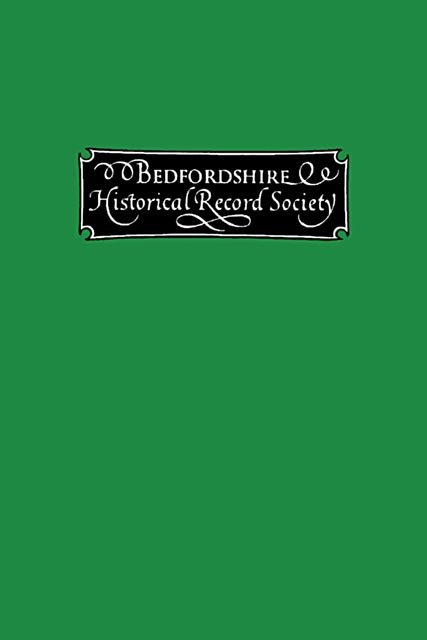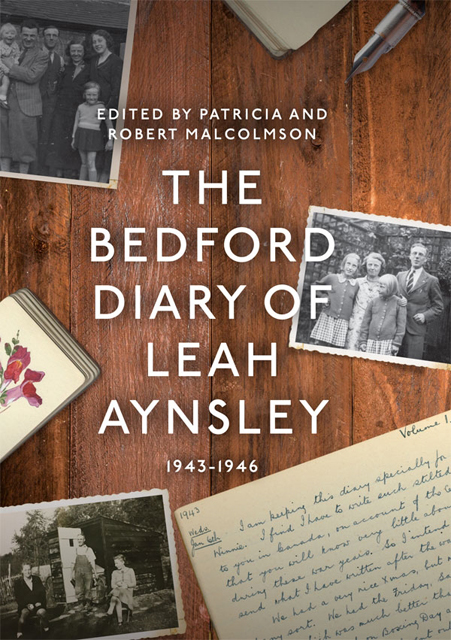94 results in Publications Bedfordshire Hist Rec Soc

The Publications of the Bedfordshire Historical Record Society
-
- Published by:
- Boydell & Brewer
- Published online:
- 14 July 2023

The Publications of the Bedfordshire Historical Record Society
-
- Published by:
- Boydell & Brewer
- Published online:
- 14 July 2023

Bedfordshire Coroners' Rolls
-
- Published by:
- Boydell & Brewer
- Published online:
- 14 July 2023

How Bedfordshire Voted, 1685-1735
- The Evidence of Local Poll Books
-
- Published by:
- Boydell & Brewer
- Published online:
- 21 June 2023
- Print publication:
- 21 August 2008

Bedford's Musical Society
- A History of Bedford Choral Society
-
- Published by:
- Boydell & Brewer
- Published online:
- 14 June 2023
- Print publication:
- 17 December 2015

How Bedfordshire Voted, 1685-1735
- The Evidence of Local Poll Books
-
- Published by:
- Boydell & Brewer
- Published online:
- 14 June 2023
- Print publication:
- 19 October 2006

The Turner Letters
- Letters from Home: from Milton Ernest, Bedfordshire to St Andrews, New Brunswick, 1830-1845
-
- Published by:
- Boydell & Brewer
- Published online:
- 14 June 2023
- Print publication:
- 13 December 2022

The Accounts of the Guild of the Holy Trinity, Luton
- 1526/7-1546/7
-
- Published by:
- Boydell & Brewer
- Published online:
- 14 June 2023
- Print publication:
- 16 August 2012

The 2nd Bedfords in France and Flanders, 1914-1918
-
- Published by:
- Boydell & Brewer
- Published online:
- 14 June 2023
- Print publication:
- 19 August 2010

How Bedfordshire Voted, 1735-1784
- The Evidence of Local Documents and Poll Books
-
- Published by:
- Boydell & Brewer
- Published online:
- 14 June 2023
- Print publication:
- 15 April 2012

Pride of Peacocks
- A Memoir of a Bedford Firm of Auctioneers, Estate Agents and Surveyors
-
- Published by:
- Boydell & Brewer
- Published online:
- 02 June 2023
- Print publication:
- 20 November 2014

The Rise of Methodism
- A Study of Bedfordshire, 1736-1851
-
- Published by:
- Boydell & Brewer
- Published online:
- 02 June 2023
- Print publication:
- 17 July 2014

The Bedford Diary of Leah Aynsley
- 1943-1946
-
- Published by:
- Boydell & Brewer
- Published online:
- 02 June 2023
- Print publication:
- 21 February 2020

Willington and the Mowbrays
- After the Peasants' Revolt
-
- Published by:
- Boydell & Brewer
- Published online:
- 23 October 2020
- Print publication:
- 21 June 2019

